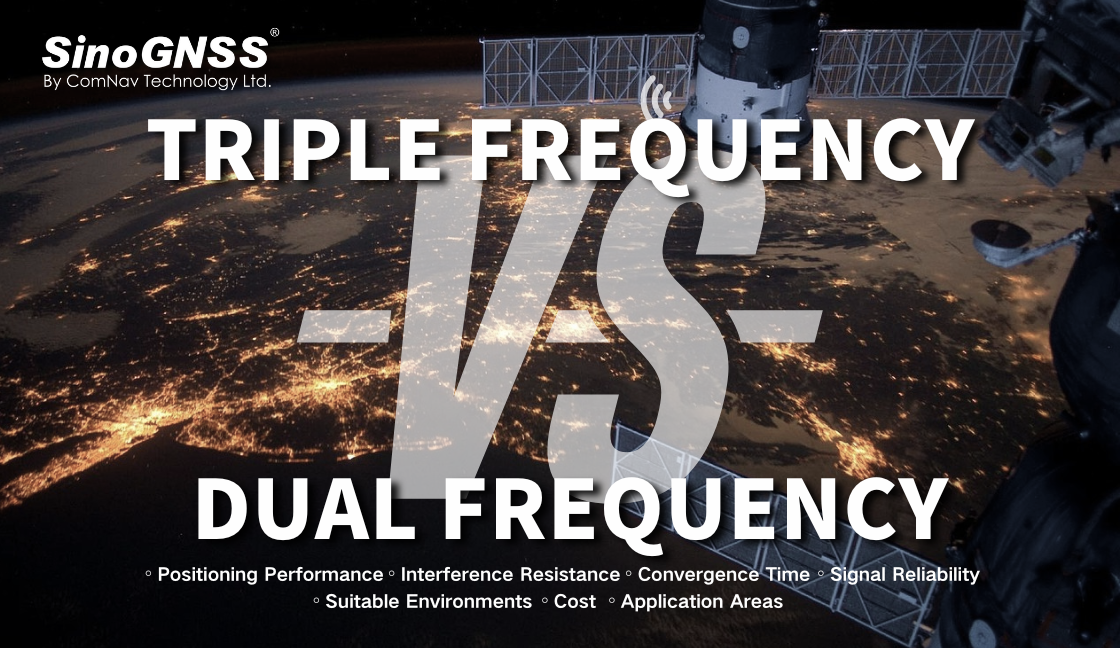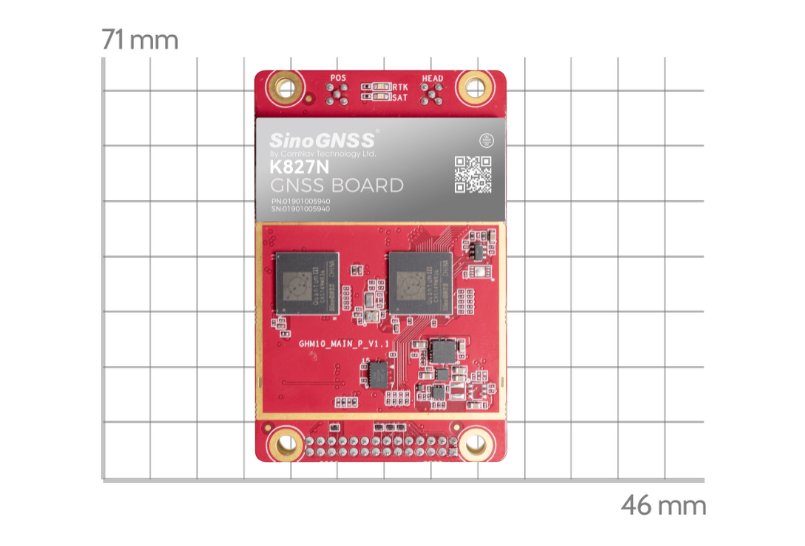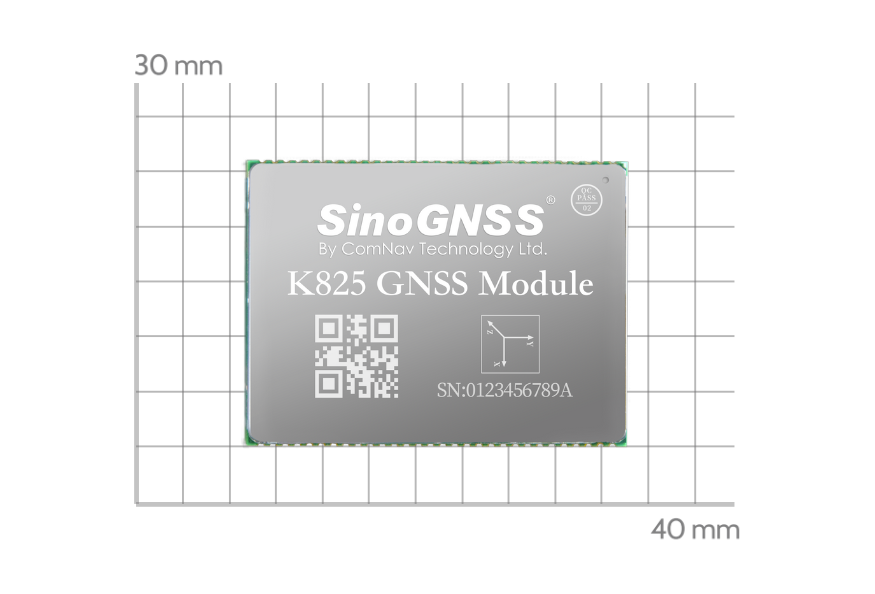Triple frequency or dual frequency?
With the development of global satellite navigation systems, RTK technology has also gradually evolved and improved. In this process, multiple satellite navigation systems such as GPS, GLONASS, Galileo, and BeiDou have successively introduced multi-frequency signals, providing possibilities for achieving higher positioning accuracy.
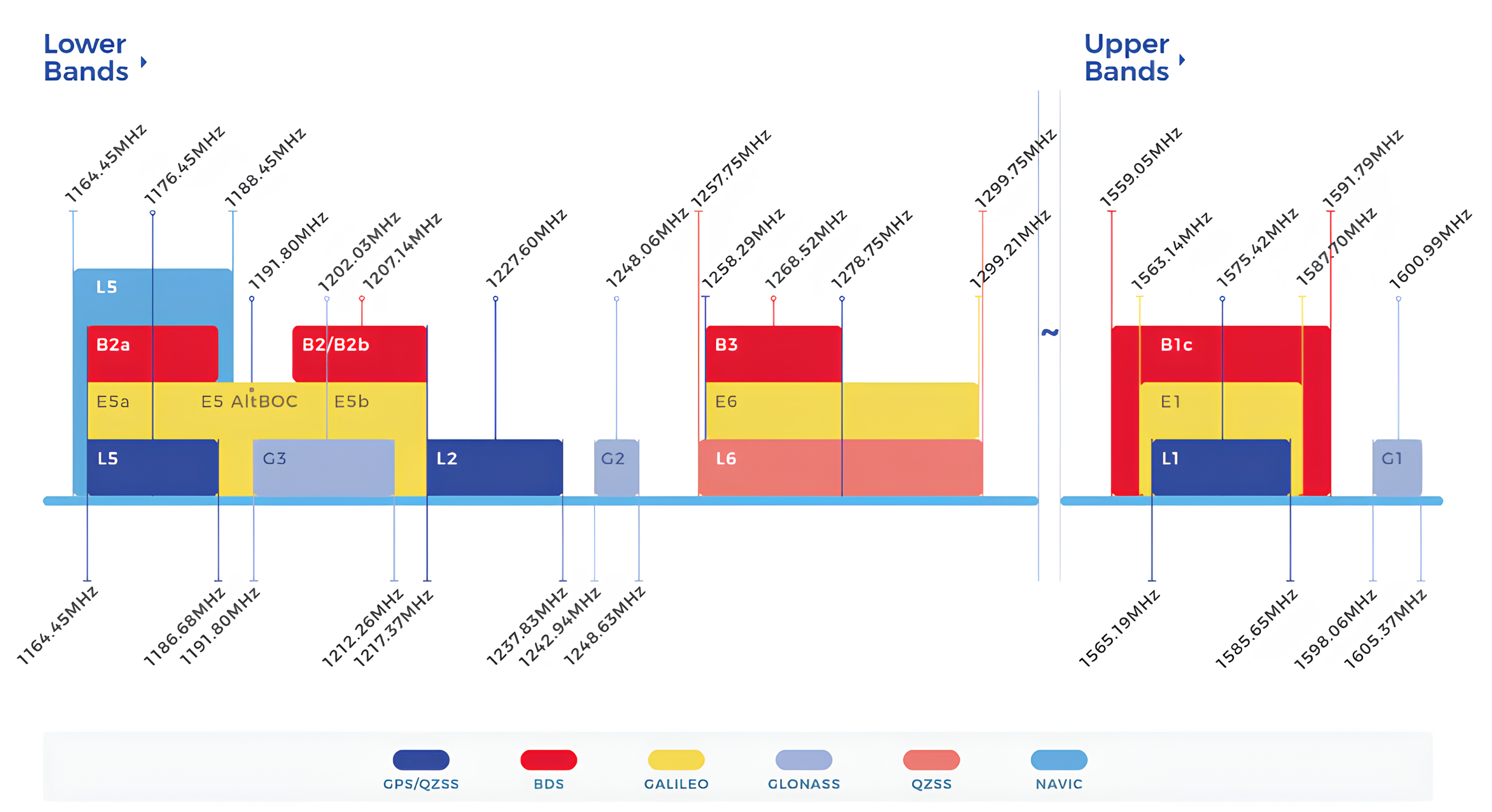
GNSS band and Constellations
Compared with some brands with only dual-frequency GNSS modules, ComNav released the K8 series high precision GNSS modules which supports all running constellation and with full frequency, it largely improves the positioning accuracy and reliability in various scenes.

K803 satellites tracking graph
Here is the comparison table of the features of three-frequency RTK and dual-frequency RTK:
| Feature | Three-Frequency RTK | Dual-Frequency RTK |
|---|---|---|
| Positioning Performance | Offers higher accuracy and stability | Lower accuracy and stability |
| Interference Resistance | Stronger resistance to interference | Weaker interference resistance |
| Convergence Time | Faster convergence time | Longer convergence time |
| Signal Reliability | Higher signal reliability, mitigates multi-path effects and signal attenuation | Lower signal reliability, susceptible to multi-path effects and signal attenuation |
| Suitable Environments | Performs better in complex environments such as urban areas or areas with significant obstruction | More suitable for open environments such as plains or open fields |
| Cost | Generally more expensive than dual-frequency RTK | Generally cheaper than three-frequency RTK |
| Application Areas | Suitable for applications requiring high precision positioning and demanding signal stability | Suitable for general positioning needs |
ComNav tri-frequency technology receives multi-frequency signals at the same time, greatly improving positioning accuracy and stability. Compared with dual-frequency, tri-frequency technology can better overcome problems such as multi-path effects and signal attenuation, and provide users with more reliable and accurate positioning services.
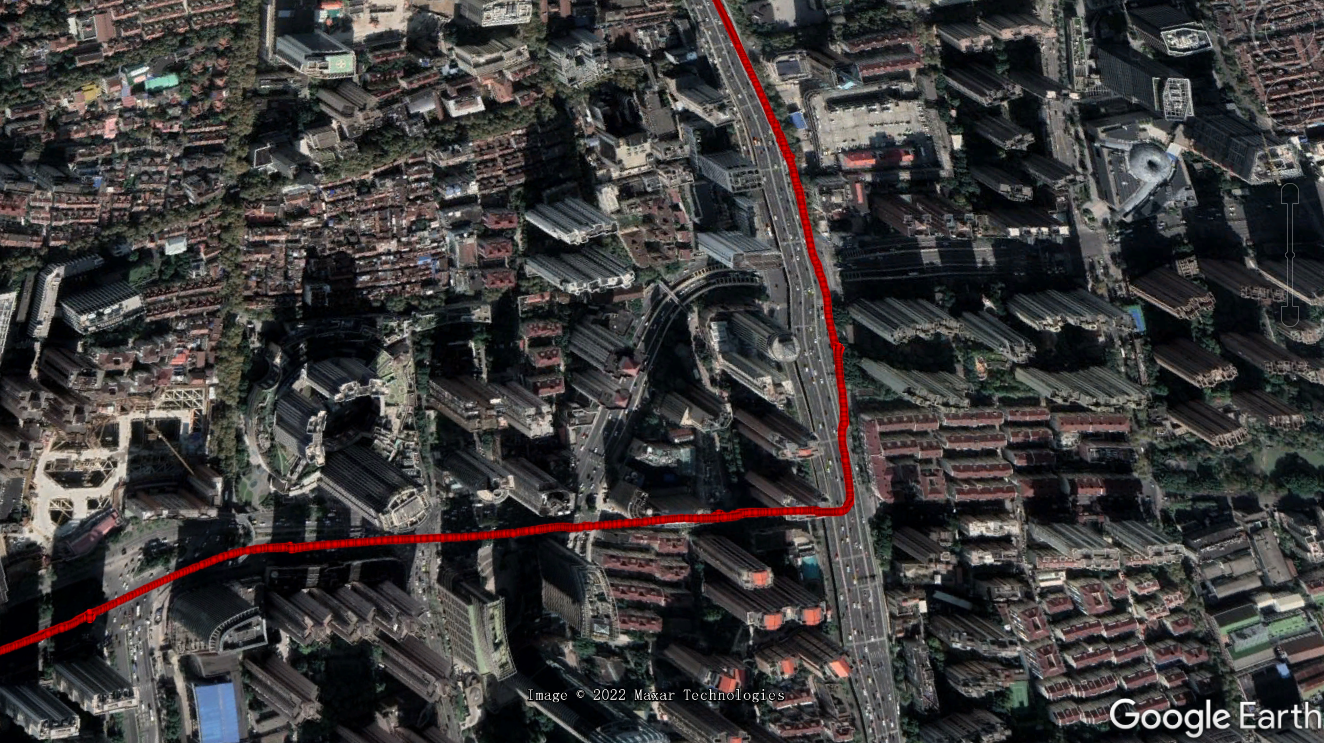 |  |
K803 in urban canyon
Based on latest tri-frequency technology, our positioning products have demonstrated strong application potential and wide applicability, whether in the fields of land surveying and mapping, precision agriculture, intelligent transportation or autonomous driving, providing users with more comprehensive solutions.
About ComNav Technology
ComNav Technology develops and manufactures GNSS OEM boards and receivers for high precision positioning demanded applications. Its technology already been used in a wide range of applications such as surveying, construction, machine control, agriculture, intelligent transportation, precise timing, deformation monitoring, unmanned system. With a team dedicated for the GNSS technology, ComNav Technology is trying its best to supply reliable and competitive products to worldwide customers. ComNav Technology has been listed on the Shanghai Stock Exchange (Science and Technology Board), securities :ComNav Technology (Compass Navigation), Stock code: 688592.
About SinoGNSS®
SinoGNSS® is the official trademark of ComNav Technology Ltd., registered in People's Republic of China, EU, USA and Canada. All other trademarks are the property of their respective owners.
About ComNavTech®
ComNavTech® is the official trademark of ComNav Technology Ltd., registered in People's Republic of China, EU, USA and Canada. All other trademarks are the property of their respective owners.
About ComNav Technology
ComNav Technology develops and manufactures GNSS OEM boards and receivers for high precision positioning demanded applications. Its technology already been used in a wide range of applications such as surveying, construction, machine control, agriculture, intelligent transportation, precise timing, deformation monitoring, unmanned system. With a team dedicated for the GNSS technology, ComNav Technology is trying its best to supply reliable and competitive products to worldwide customers. ComNav Technology has been listed on the Shanghai Stock Exchange (Science and Technology Board), securities :ComNav Technology (Compass Navigation), Stock code: 688592.
About SinoGNSS®
SinoGNSS® is the official trademark of ComNav Technology Ltd., registered in People's Republic of China, EU, USA and Canada. All other trademarks are the property of their respective owners.
About ComNavTech®
ComNavTech® is the official trademark of ComNav Technology Ltd., registered in People's Republic of China, EU, USA and Canada. All other trademarks are the property of their respective owners.
